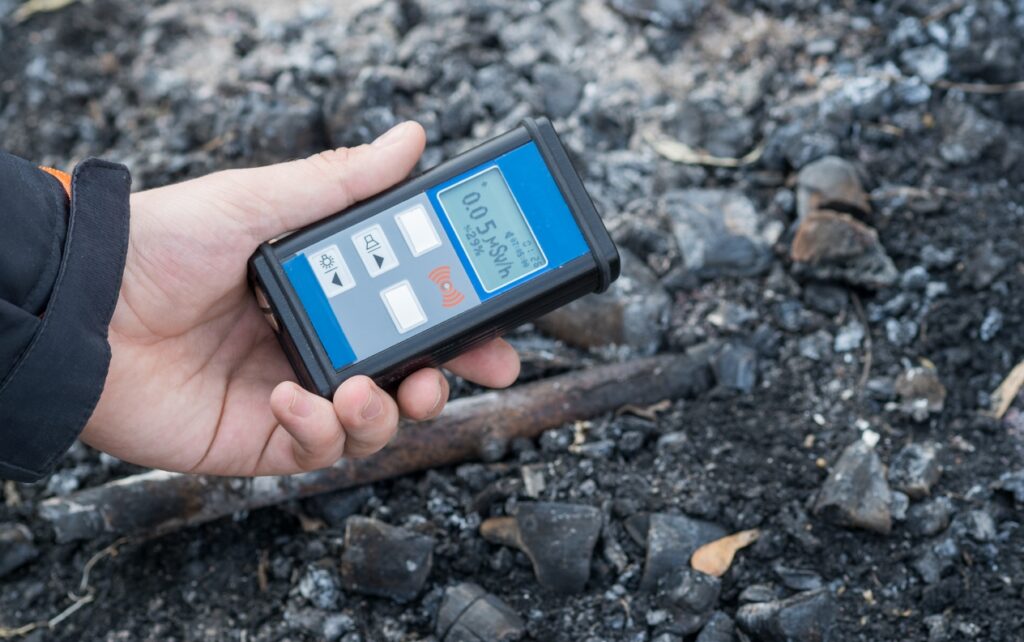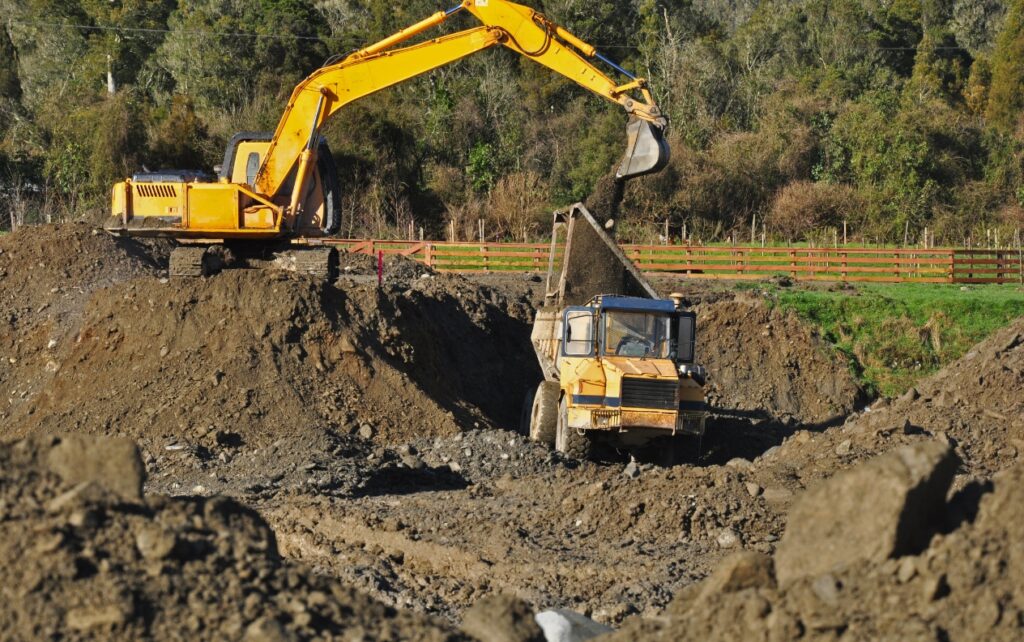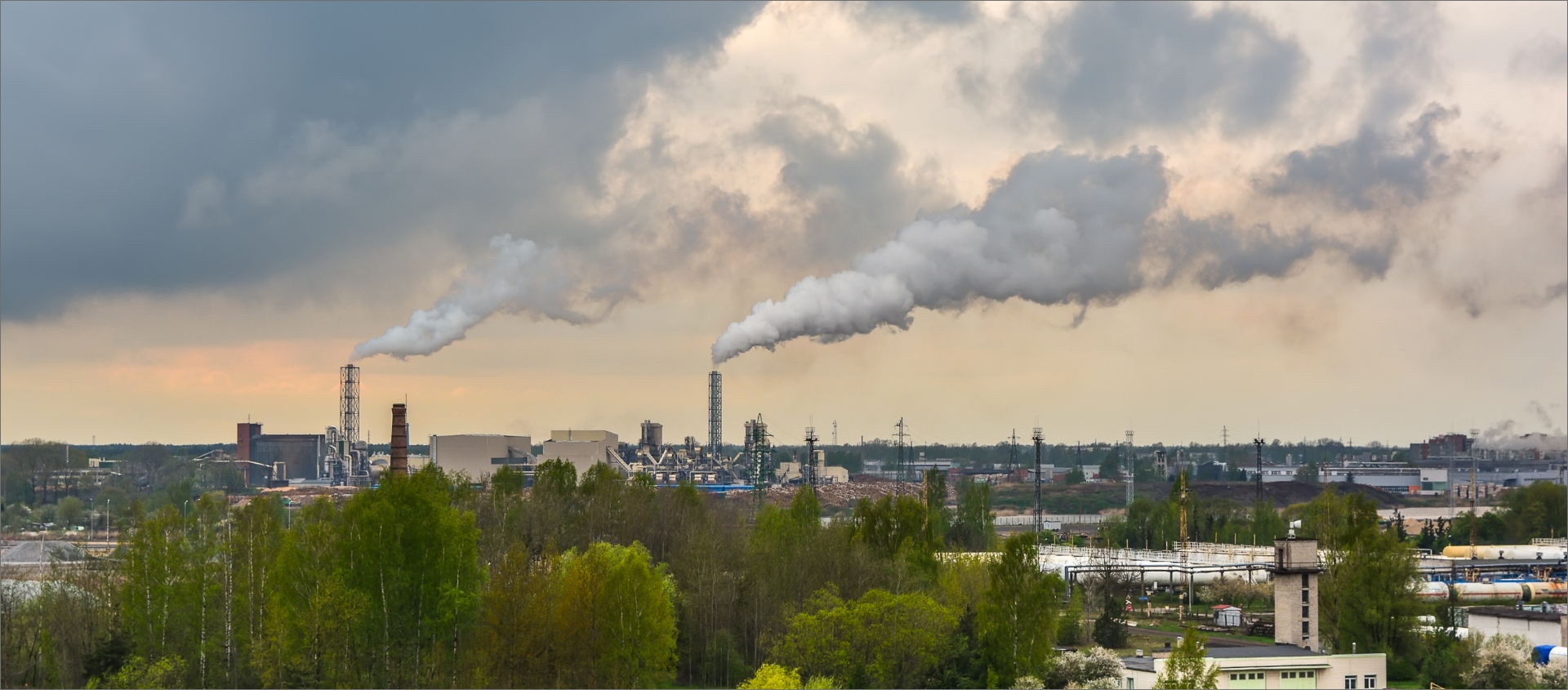Environmental Site Assessment Edmonton
An Environmental Site Assessment (ESA) is a systematic investigation to evaluate potential environmental contamination on a property. The assessment involves three phases: Phase I involves research and site inspection to identify potential environmental risks. Phase II includes sampling and testing to confirm contamination. If contamination is confirmed, Phase III entails remediation planning and implementation. ESAs are essential for property transactions and development to ensure compliance with environmental regulations, protect public health, and manage legal and financial liabilities. They provide valuable information for informed decision-making and risk mitigation regarding land use and property development.
We provide comprehensive and high-quality environmental site assessment and remediation services in Alberta and British Columbia.
Start with a free consultation with us today!
Phase I ESA
A Phase 1 Environmental Site Assessment (ESA) is the study conducted before property transactions, developments, or financings. It aims to identify potential environmental risks and liabilities associated with a site. This assessment involves historical research, site inspections, and interviews to assess potential contamination sources or hazardous materials. The goal is to evaluate if environmental concerns may impact the property’s value or legal obligations. If red flags are raised during Phase 1, a Phase 2 ESA may follow, involving soil and groundwater testing. A Phase 1 ESA helps stakeholders make informed decisions and ensures compliance with environmental regulations


Phase II ESA
A Phase 2 Environmental Site Assessment (ESA) is a follow-up investigation conducted when a Phase 1 ESA identifies potential environmental concerns on a property. It involves detailed sampling and analysis of soil, groundwater, or other media to determine the extent and severity of contamination. Phase Il aims to confirm the presence of hazardous substances, assess their impact, and provide data for remediation planning. This assessment is crucial for property owners, buyers, and developers to understand and manage environmental risks effectively, comply with regulations, and make informed decisions regarding property acquisition, development, or cleanup.
Phase III Remediation
A Phase III Environmental Remediation follows Phase II Environmental Site Assessment (ESA) when contamination is confirmed. It involves the actual cleanup and mitigation of environmental hazards identified in earlier phases. Remediation strategies vary but often include excavation, soil removal, groundwater treatment, or other measures to eliminate or contain contaminants. This phase aims to restore the site to regulatory compliance, minimize environmental risks, and ensure it’s safe for intended use. It typically requires ongoing monitoring and reporting to demonstrate successful remediation. Phase III is essential for addressing environmental issues responsibly, protecting human health, and preserving the environment while complying with legal requirements.


